How strong is the coffee at your campus? Visiiri took coffee samples to a laboratory for testing
Coffee plays a role in the institution of higher education in environmental, social, and structural terms. Visiiri studied the caffeine levels and prices of various university cafeterias.
Original text: Ruut Parikka
Pictures: Henrik Laakkonen
Translation: Kiia Saarenpää
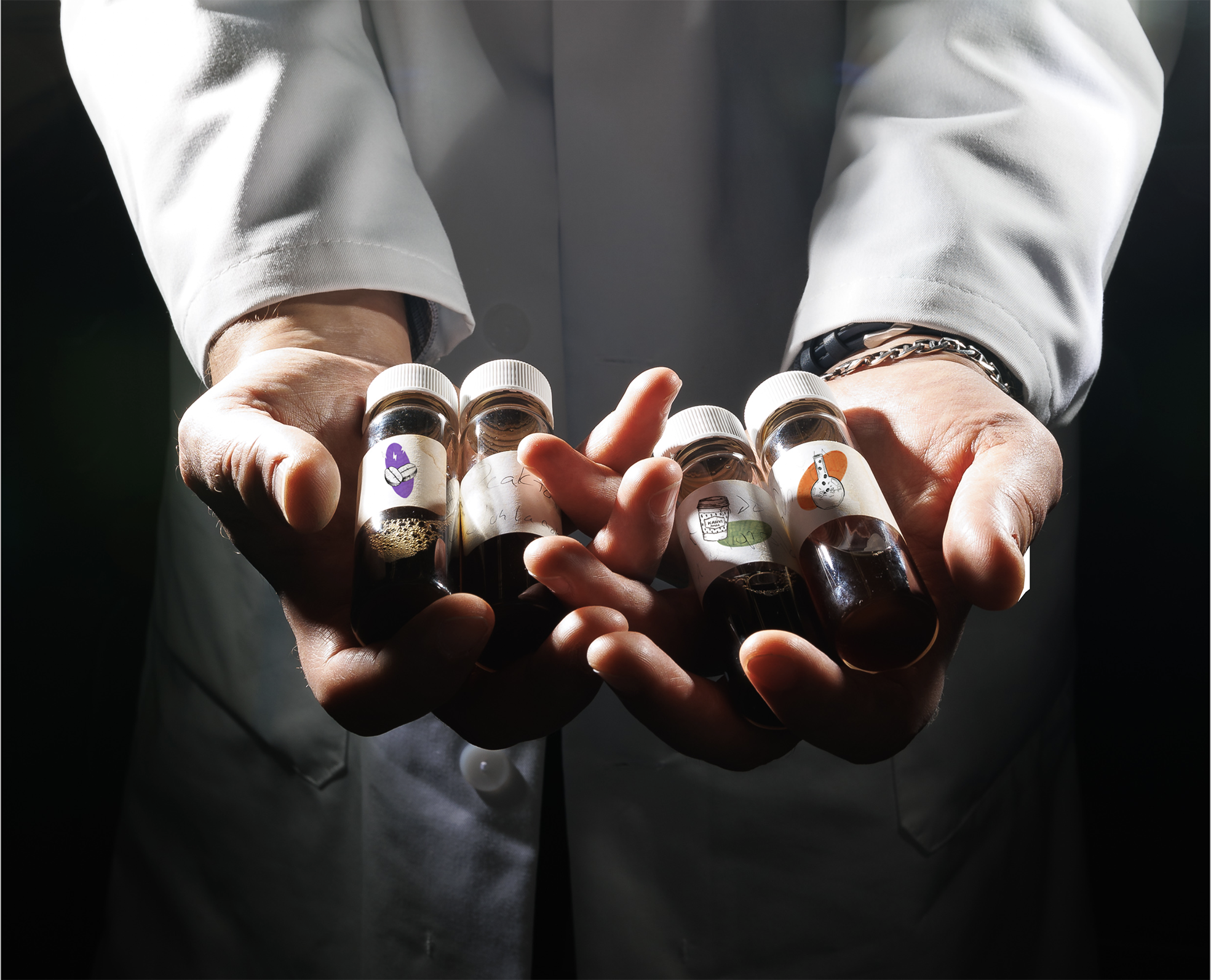
Artikkeli on luettavissa myös suomeksi.
For many university students, coffee is an inseparable part of everyday life.
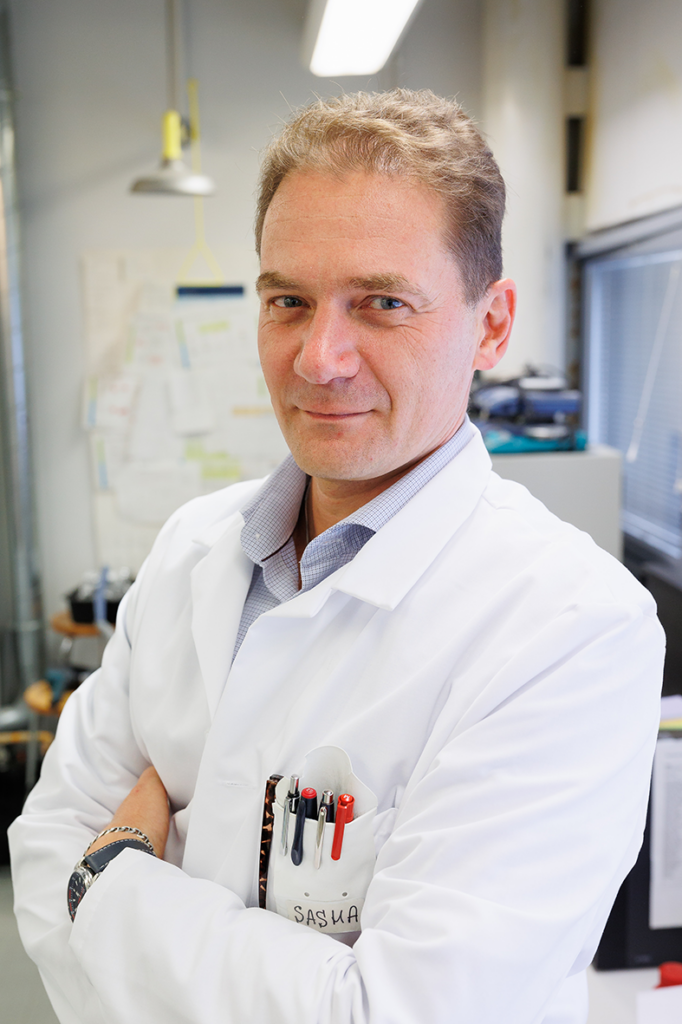
Caffeine levels were analysed at the Hervanta Campus Student Laboratory by University Lecturer Alexander “Sasha” Efimov. Efimov has been working as a teacher at Hervanta since 1999. His areas of expertise include synthetic chemistry and analytical chemistry, including NMR spectroscopy and chromatography.
First, the number of samples was equalised for the study so that each sample contained 20 millilitres of coffee. According to Efimov, the test could not be done directly because in CR analysis, i.e., gas chromatography, it is easier for the machine to analyse all the substances in the sample when they are separated.
“This is a typical CR analysis in that regard. I’ve never done this analysis with coffee before, but the principle is the exact same”, Efimov says.
During the preparation of the tests, we sit down together with Visiiri’s photographer in Hervanta’s student lab for a cup of coffee. We admire Efimov’s careful way of labelling the samples and stare at the brilliantly bright sample jars and glass pipettes. Each researcher’s work jacket is completely white, without any sign of a stain left behind from a well-deserved coffee break.
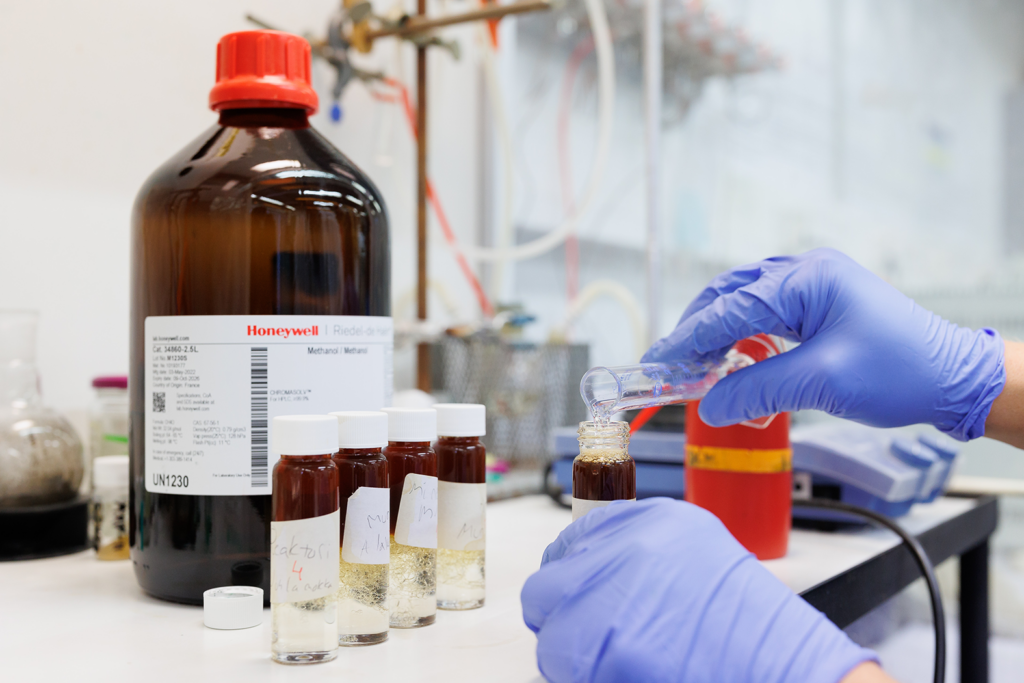
First, caffeine is separated from the coffee by adding 20 millilitres of dichloromethane as a solvent in the sample. The samples are then placed in an ultrasonic cleaner for half an hour so that they can be extracted. Extraction is a chemical separation method.
Only after all these preparations is a gas chromatography performed on the samples. We will get the results the following day.
THIS IS HOW THE PLACES FOR THE COFFEE SAMPLES WERE CHOSEN
» On 27th of September we posted a survey on Jodel channels @lääkis, @Tampereenyliopisto and @tut asking where students usually buy their coffees when they are at campus.
» There were 70 respondents on the Lääkis channel, and 94.3 % of the respondents voted for Arvo cafeteria.
» The TUT channel had 44 voters, and the most votes got Reaktori cafeteria (59.1 %).
» Tampereen yliopisto channel had 58 respondents, and Alakuppila (67.2 %) received the most votes. The next most voted was Juvenes (19.0 %), but because we wanted to get coffee samples from different companies from the city centre campus, we chose to collect samples from Restaurant Linna (10.3 %) and Restaurant Minerva (3.4 %).
Results
Based on the results, the Juhla Mokka at Reaktori in Hervanta is the most potent in terms of caffeine content. One hundred millilitres of filtered coffee have an average of 60 to 80 milligrams of caffeine, but in the Hervanta cup of Joe it was as high as 86 milligrams.
The caffeine levels of Alakuppila’s and Arvo’s coffees were close to each other: at Alakuppila, students get to enjoy 77 milligrams and Arvo 75 milligrams of caffeine in their coffee.
At the city centre campus, Linna and Minerva were at the end of the caffeine comparison standing at 66 milligrams, which is still within average levels.
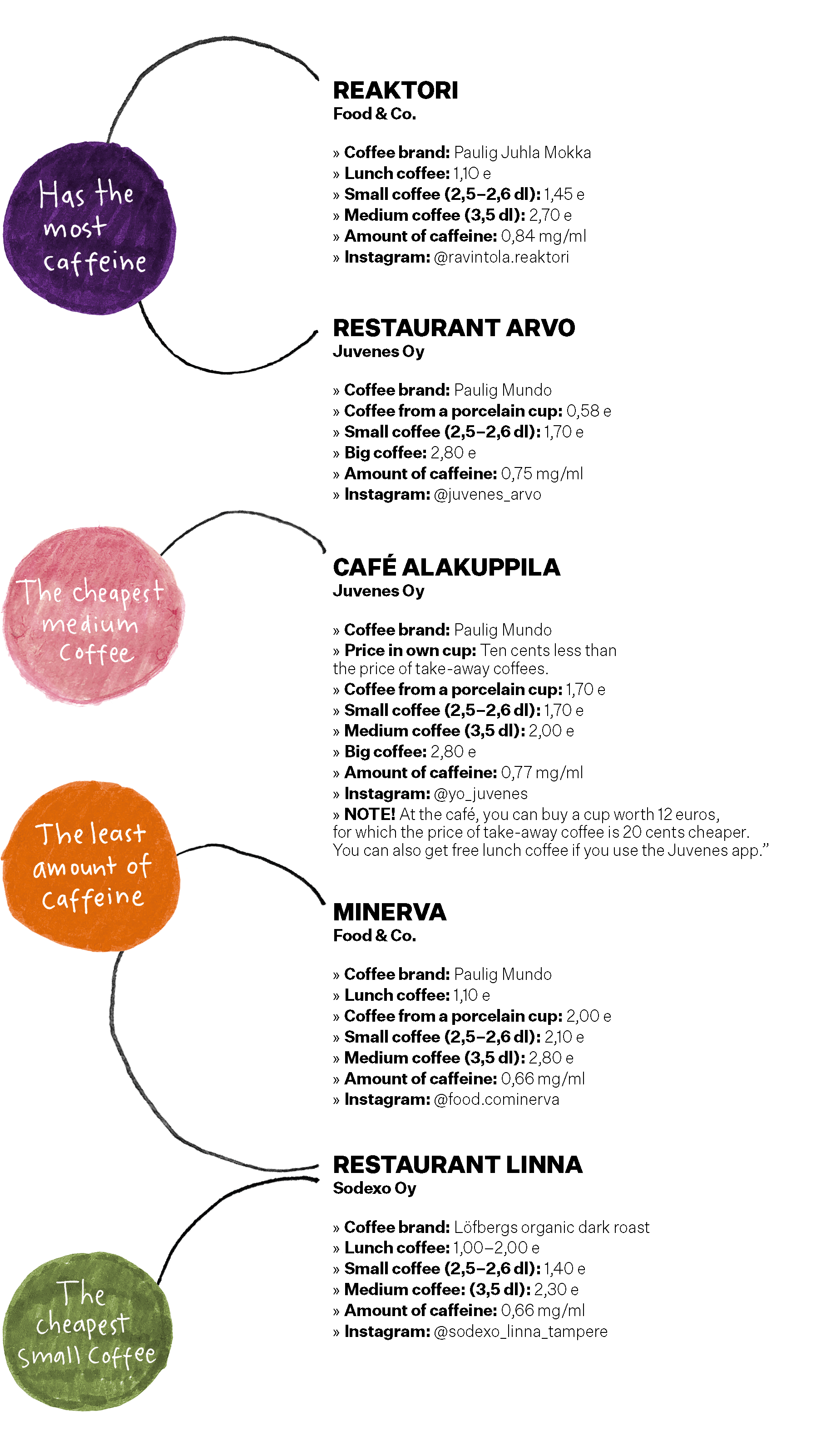
Photos of the laboratory testing
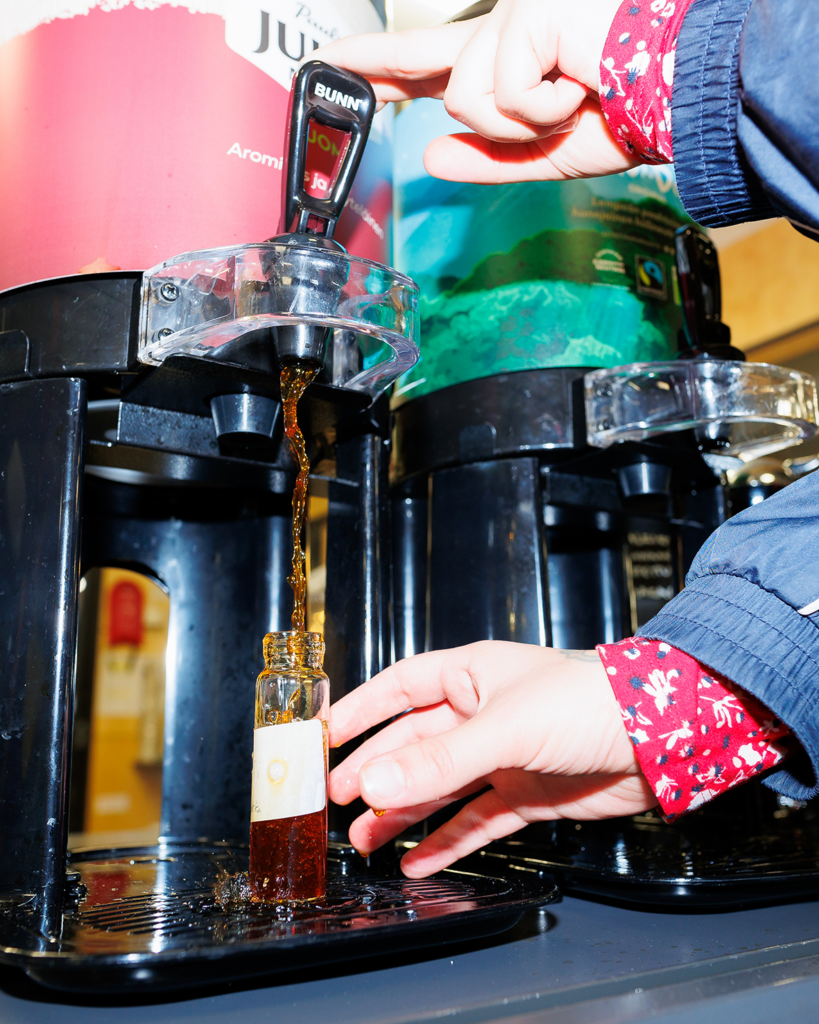
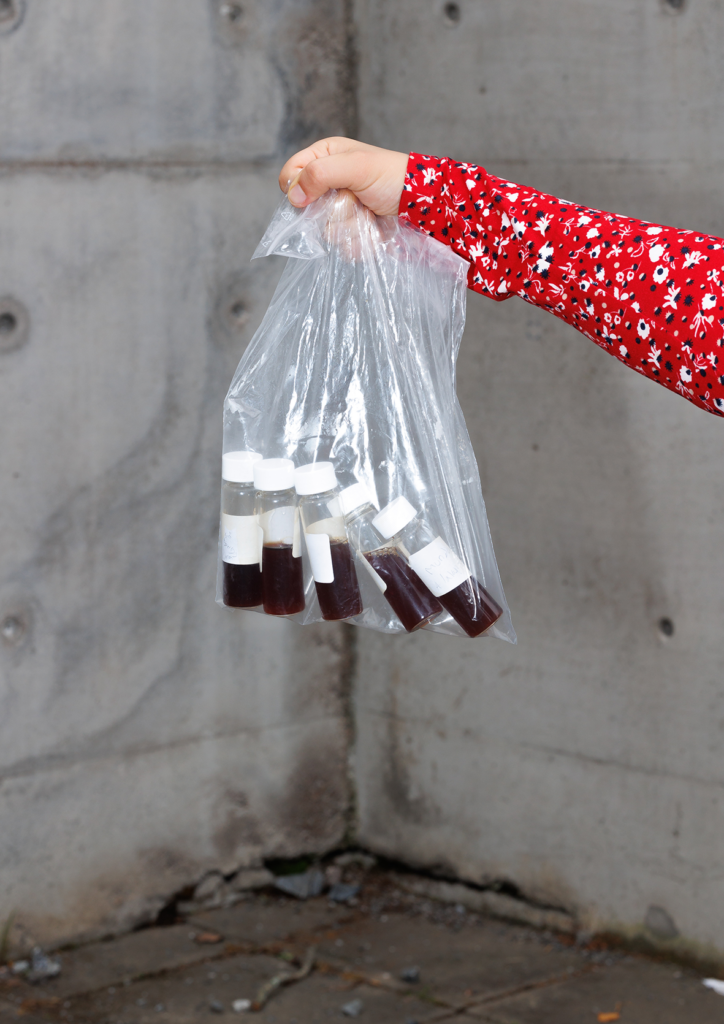
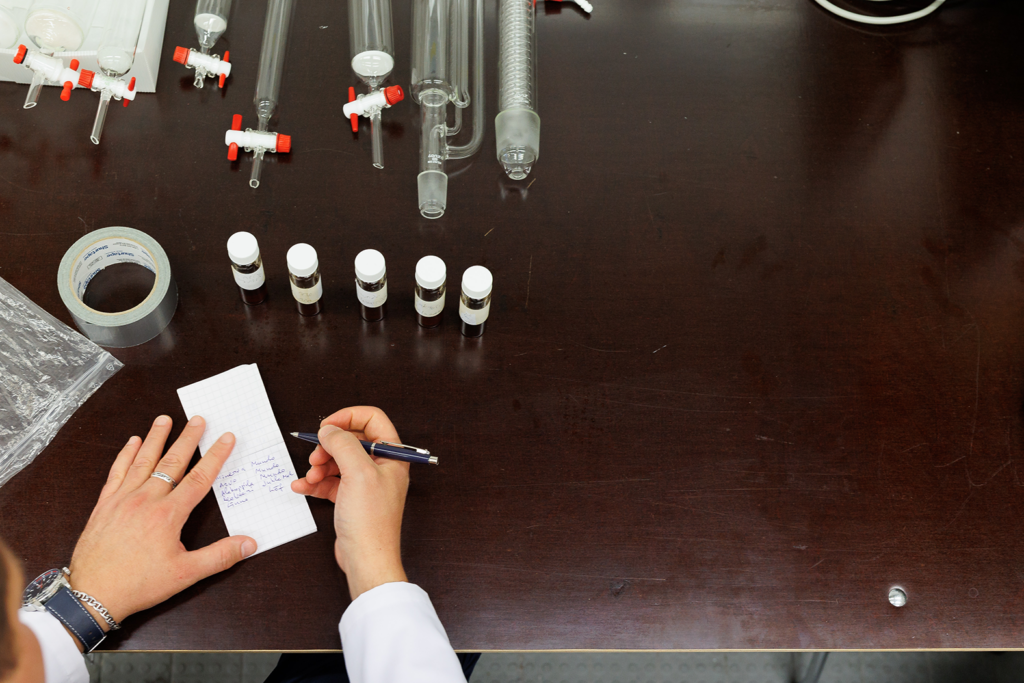
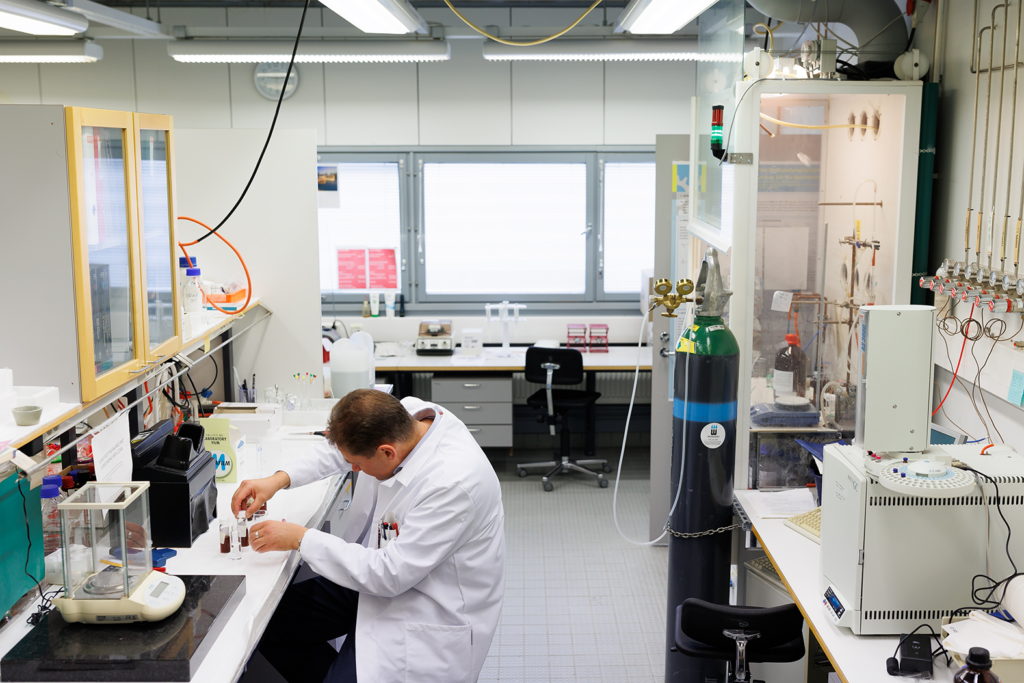
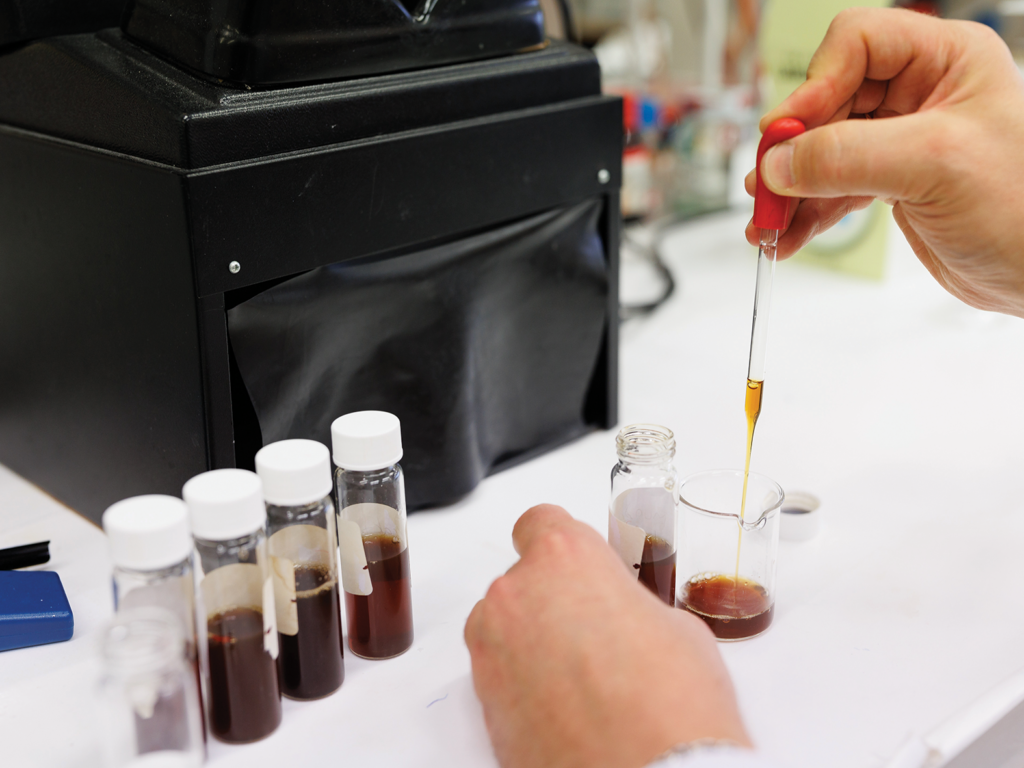
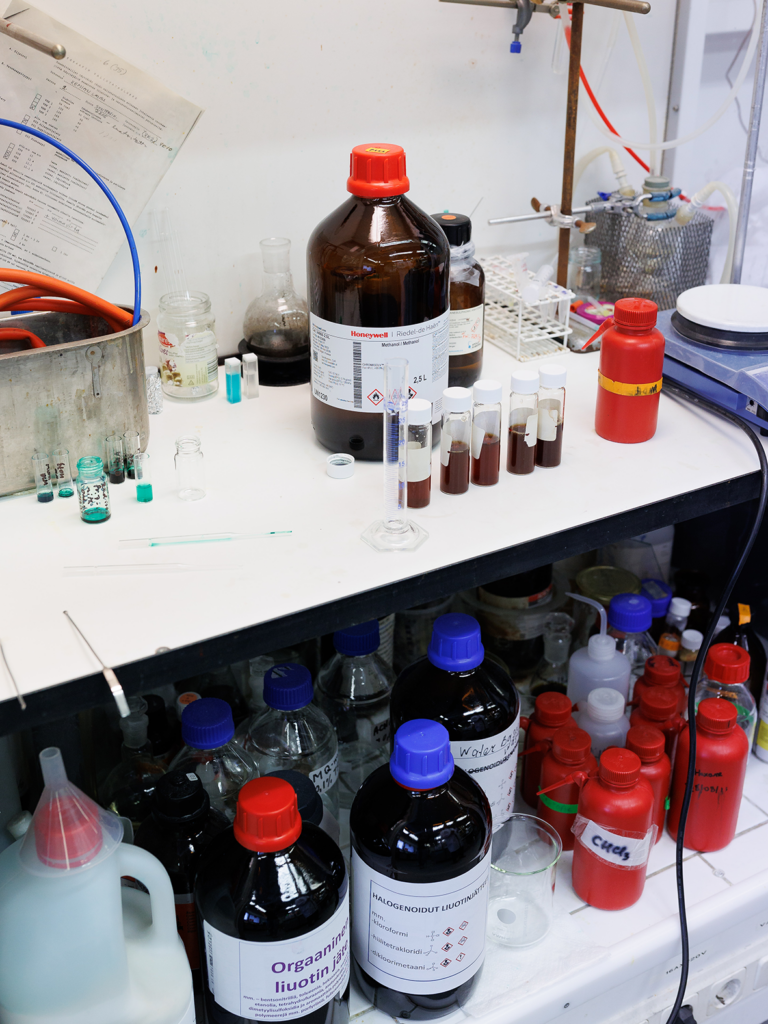
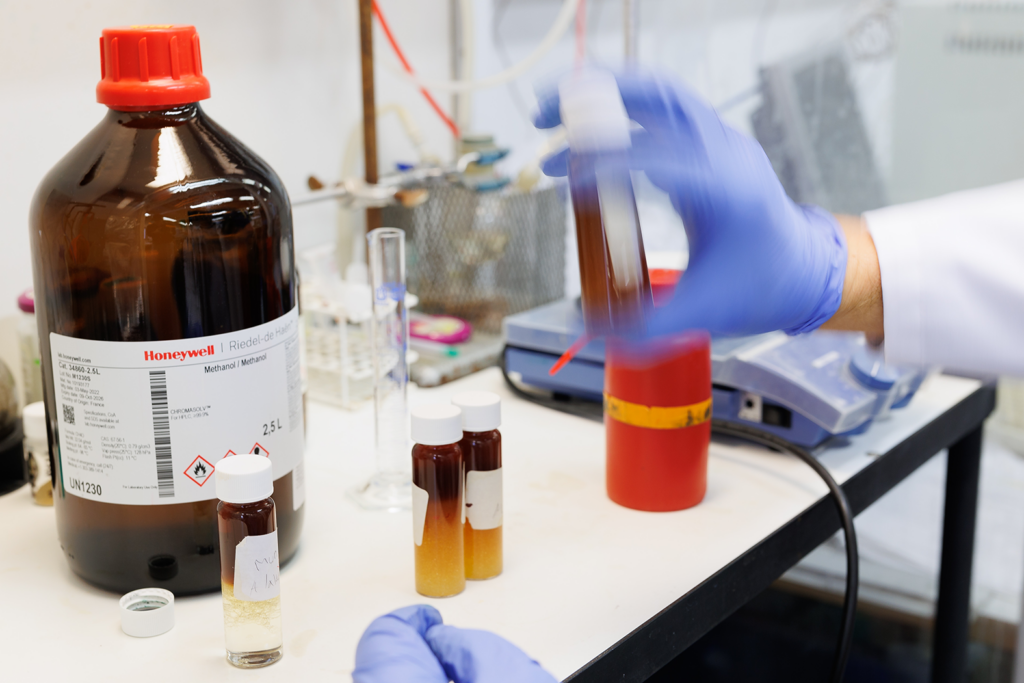
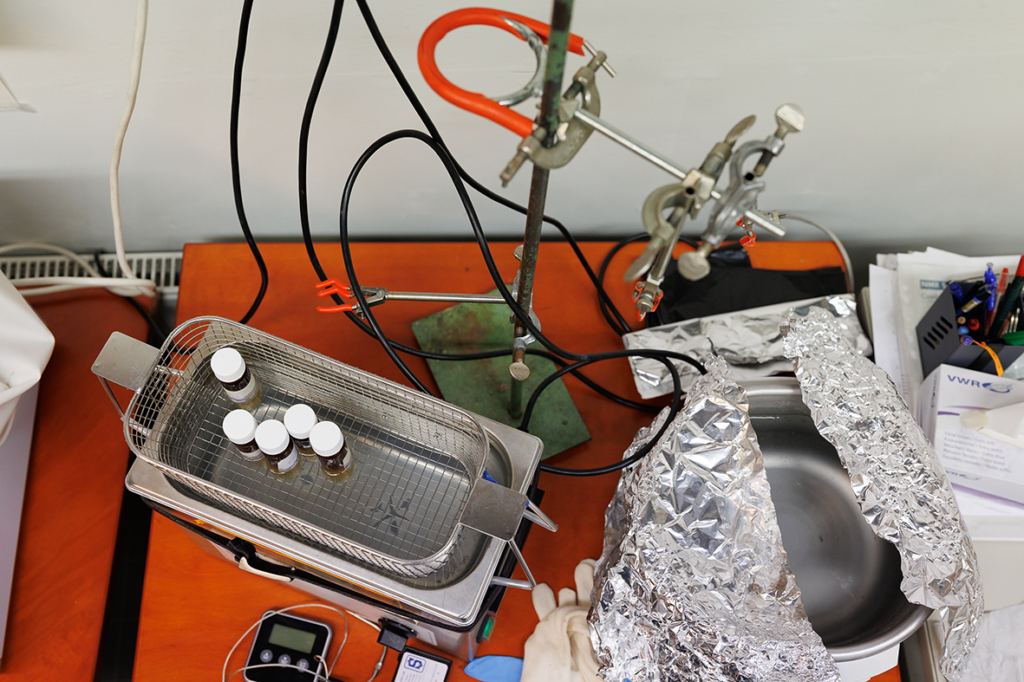
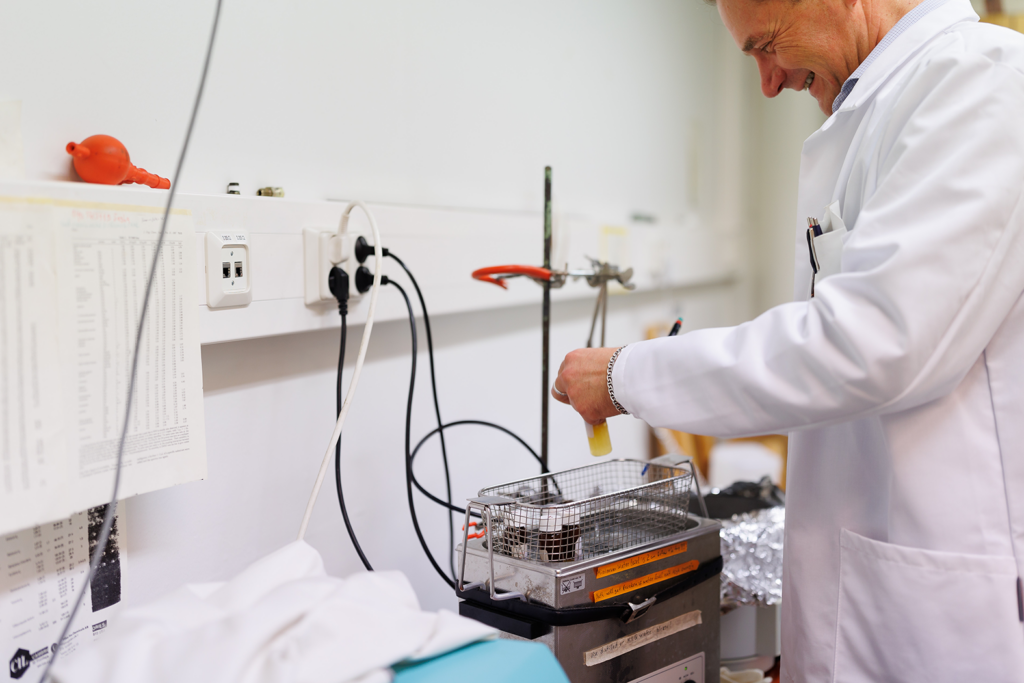
Read more: Opinion: Coffee is a must